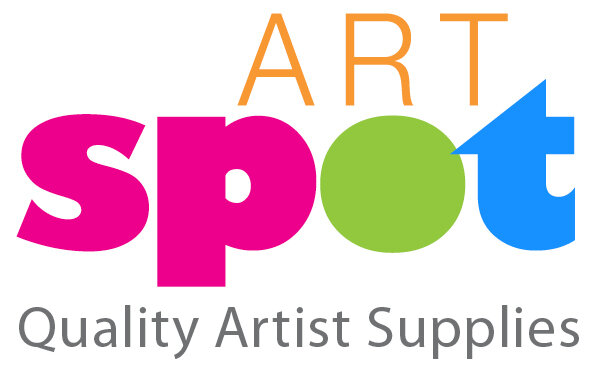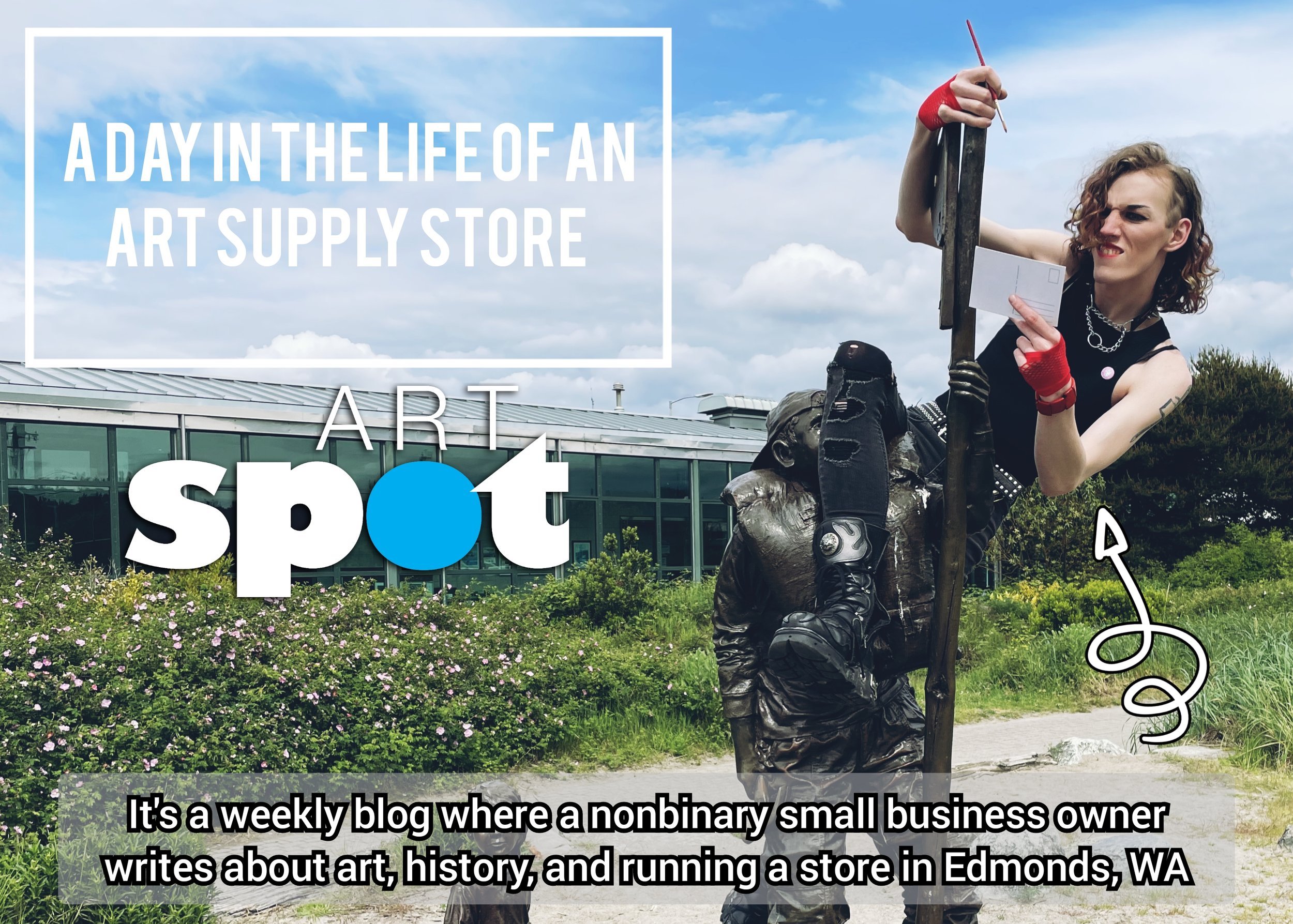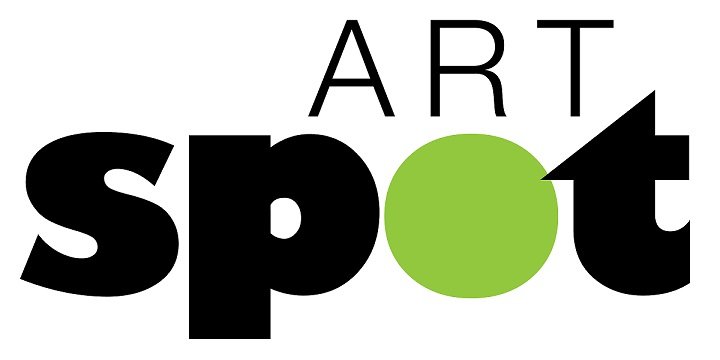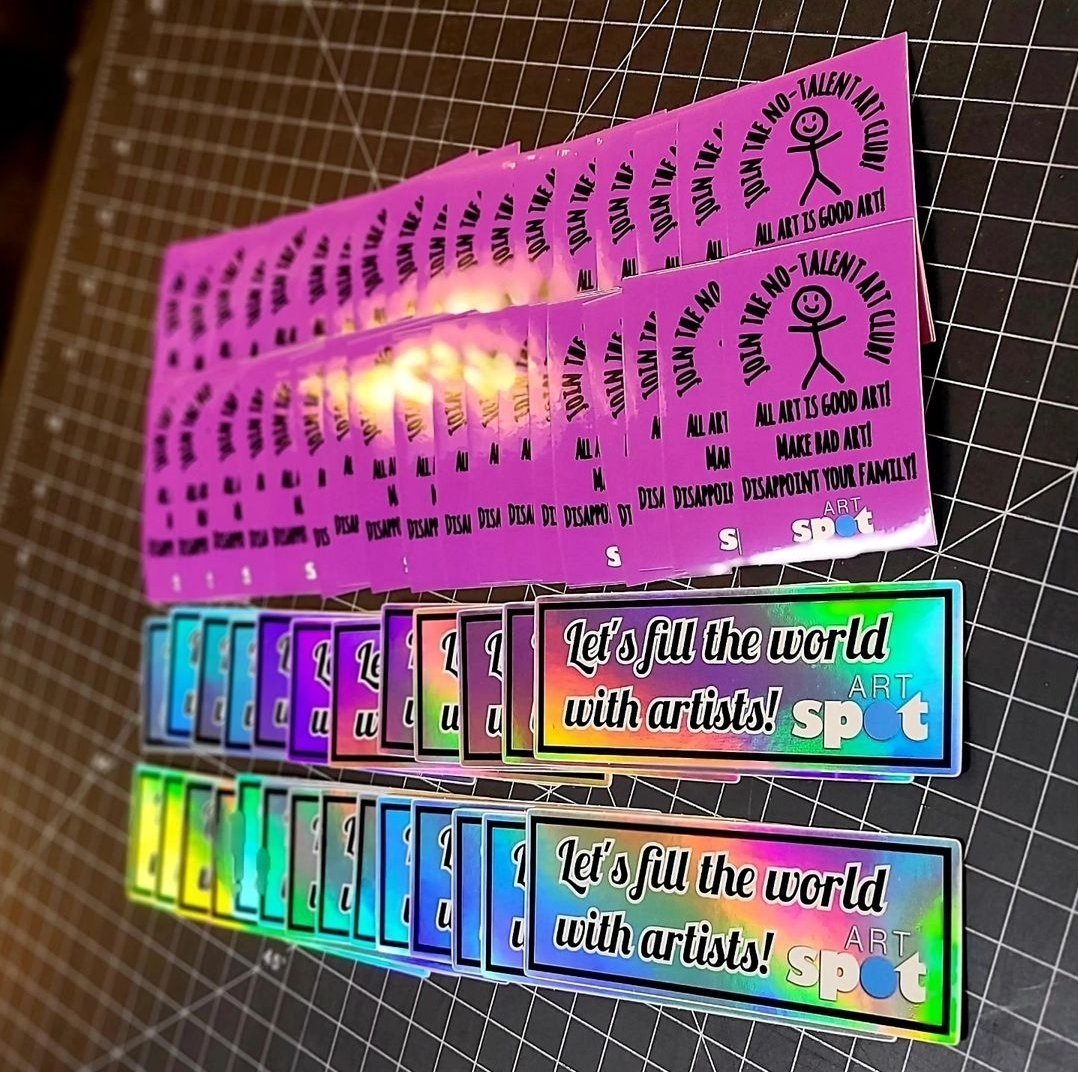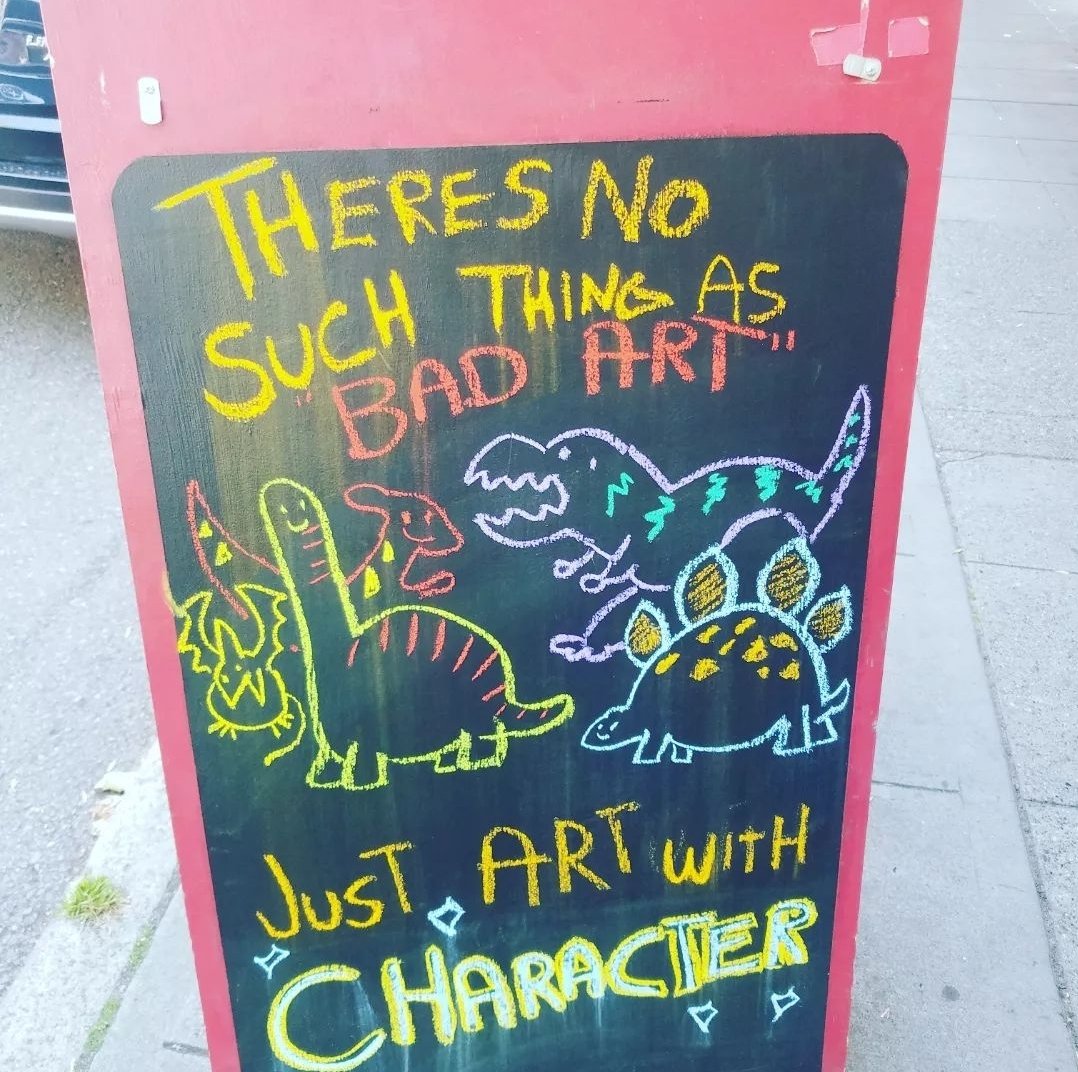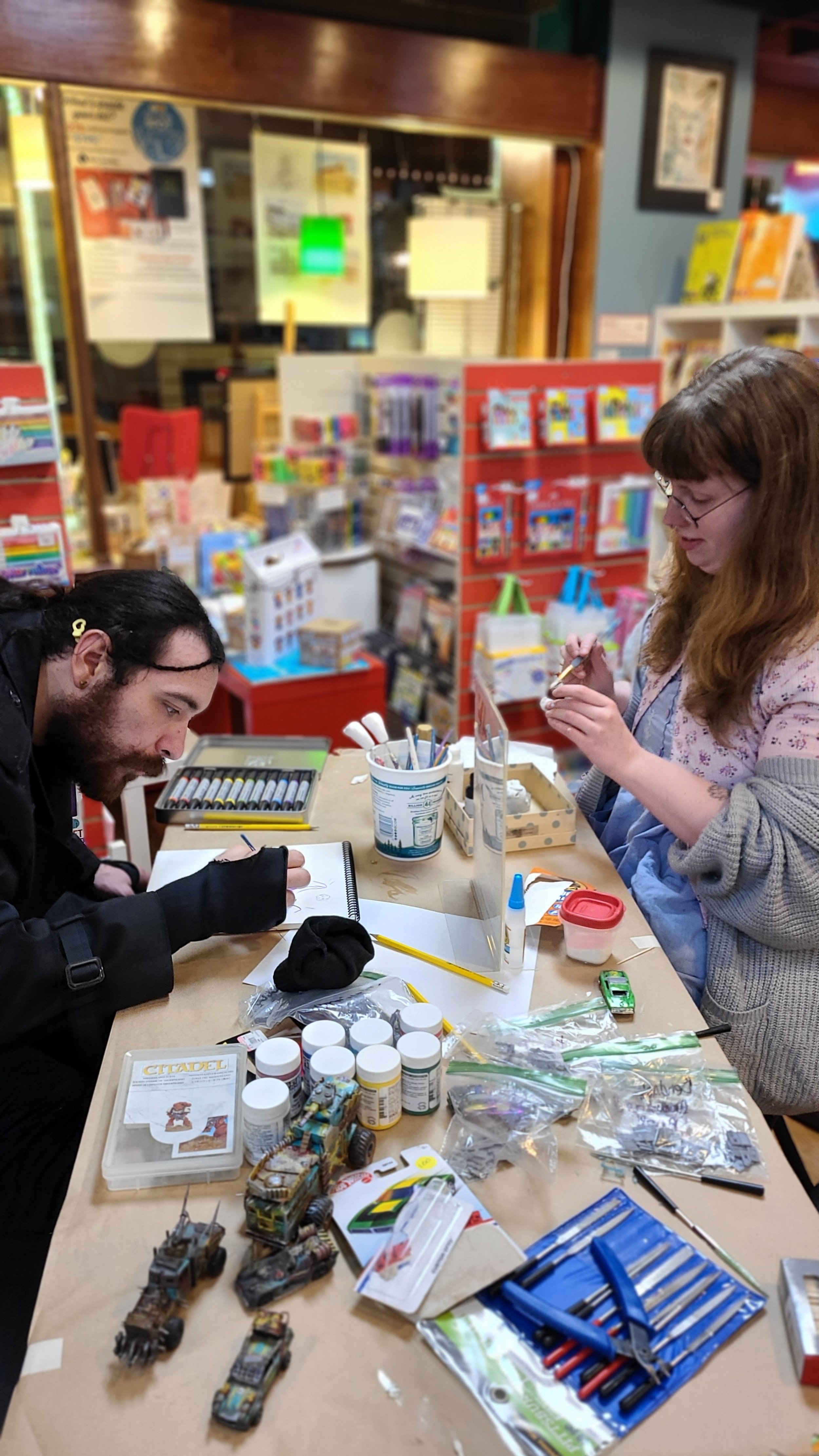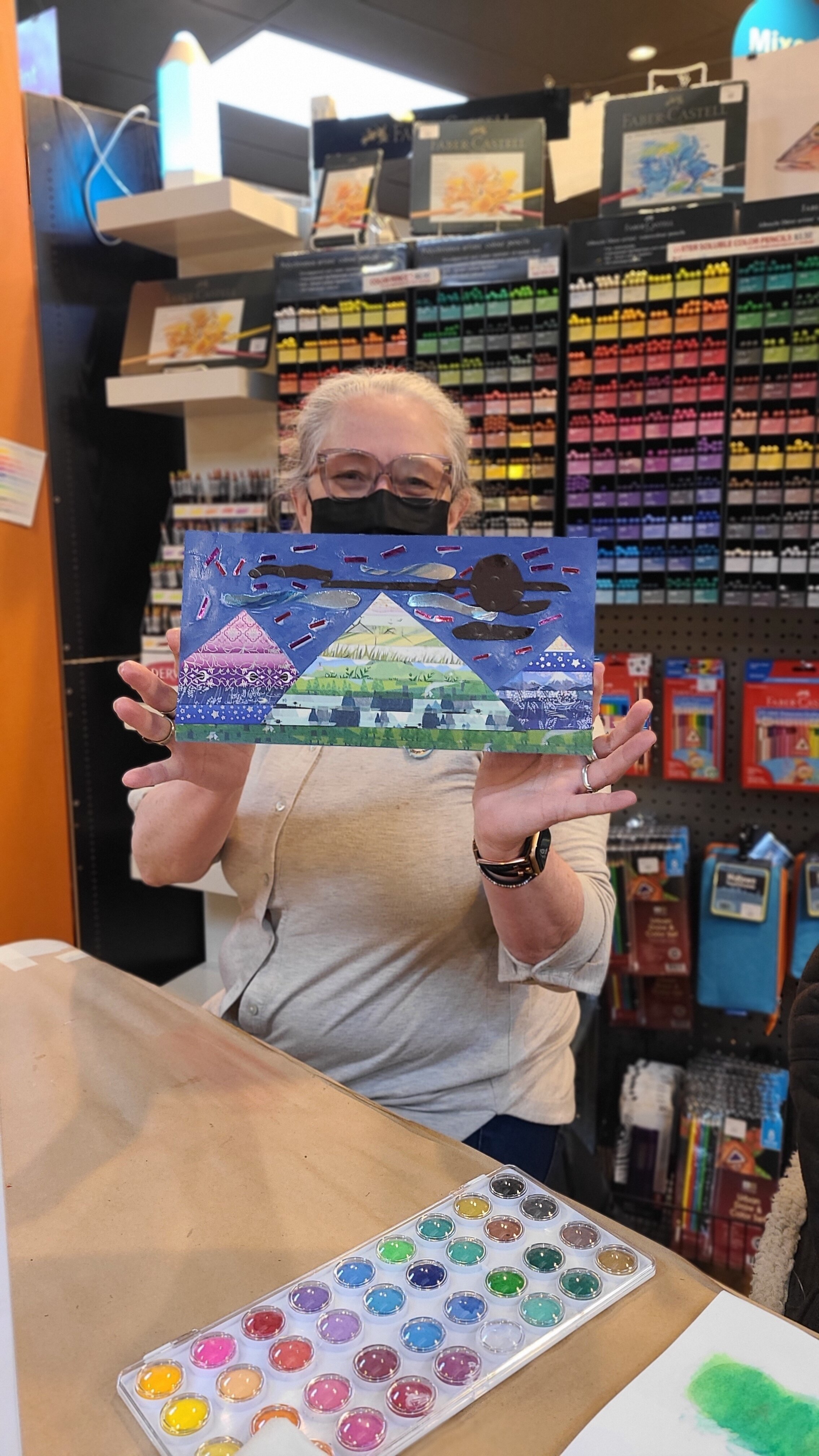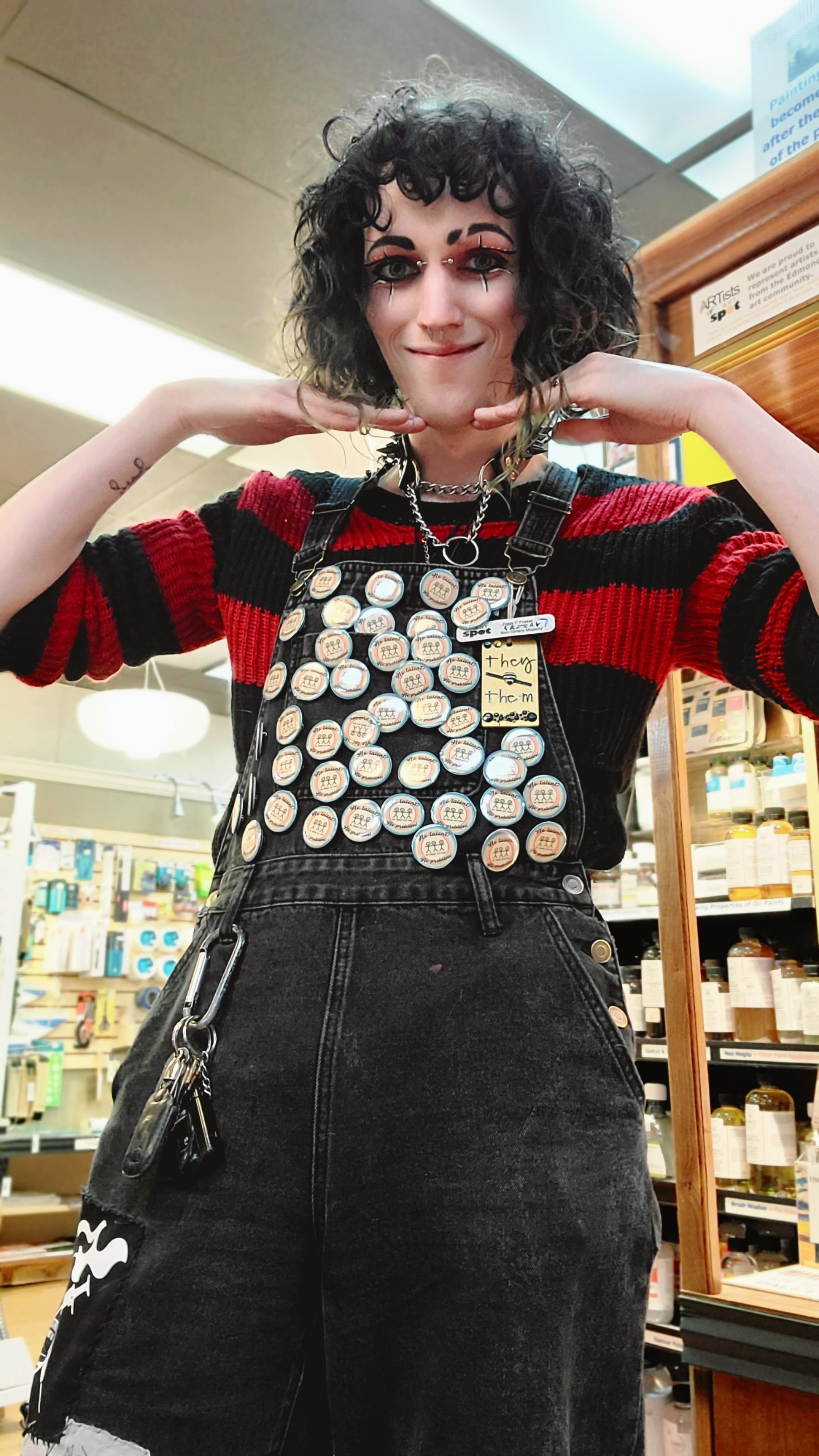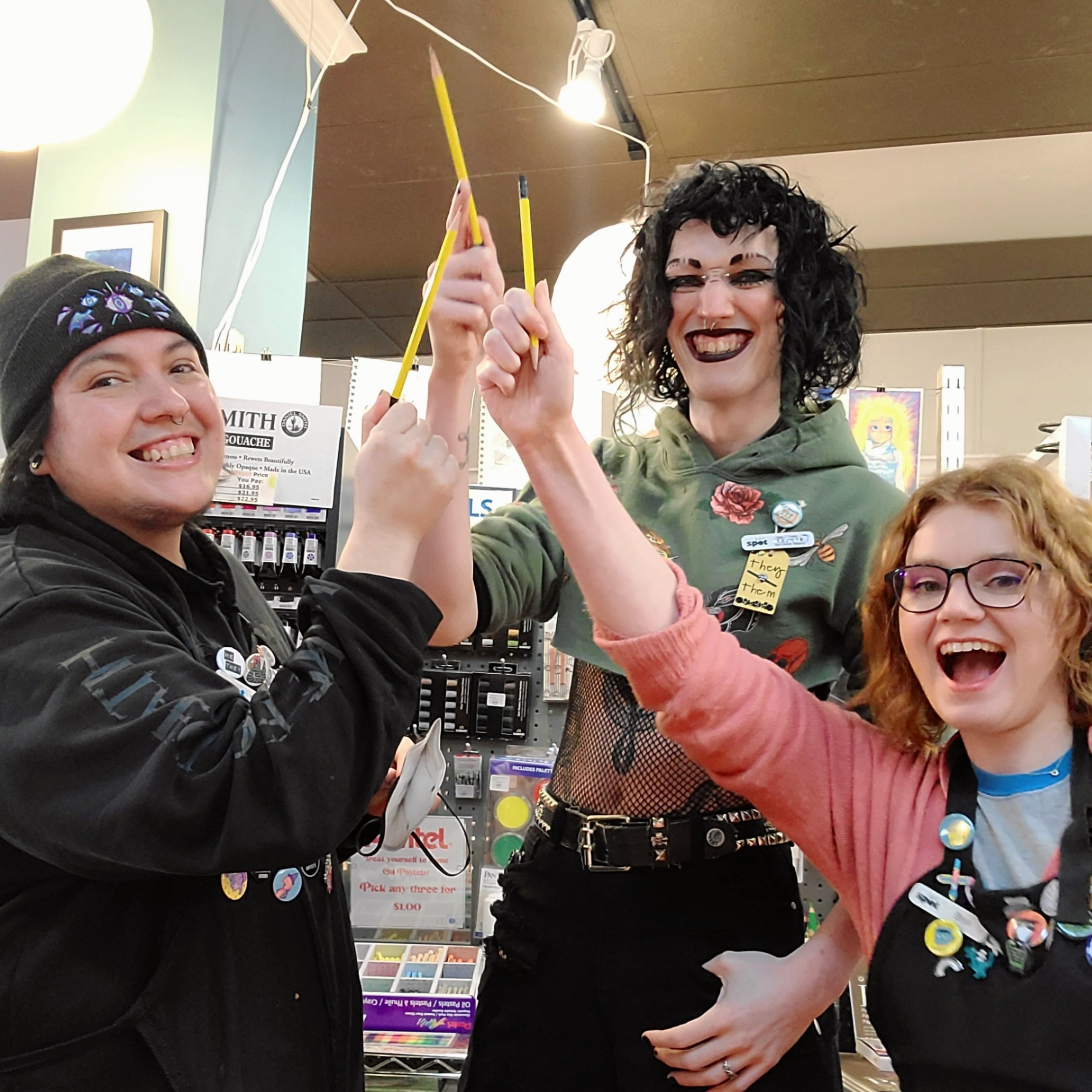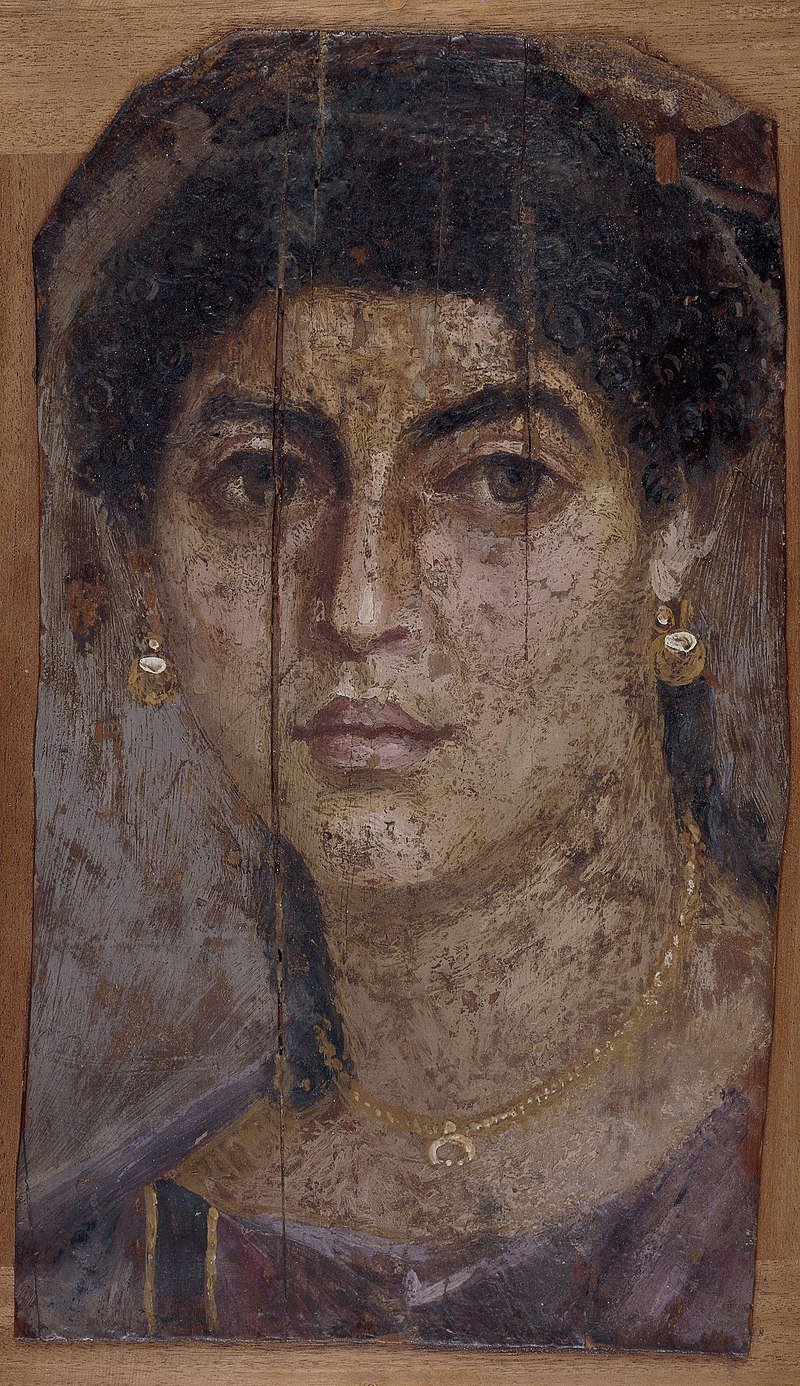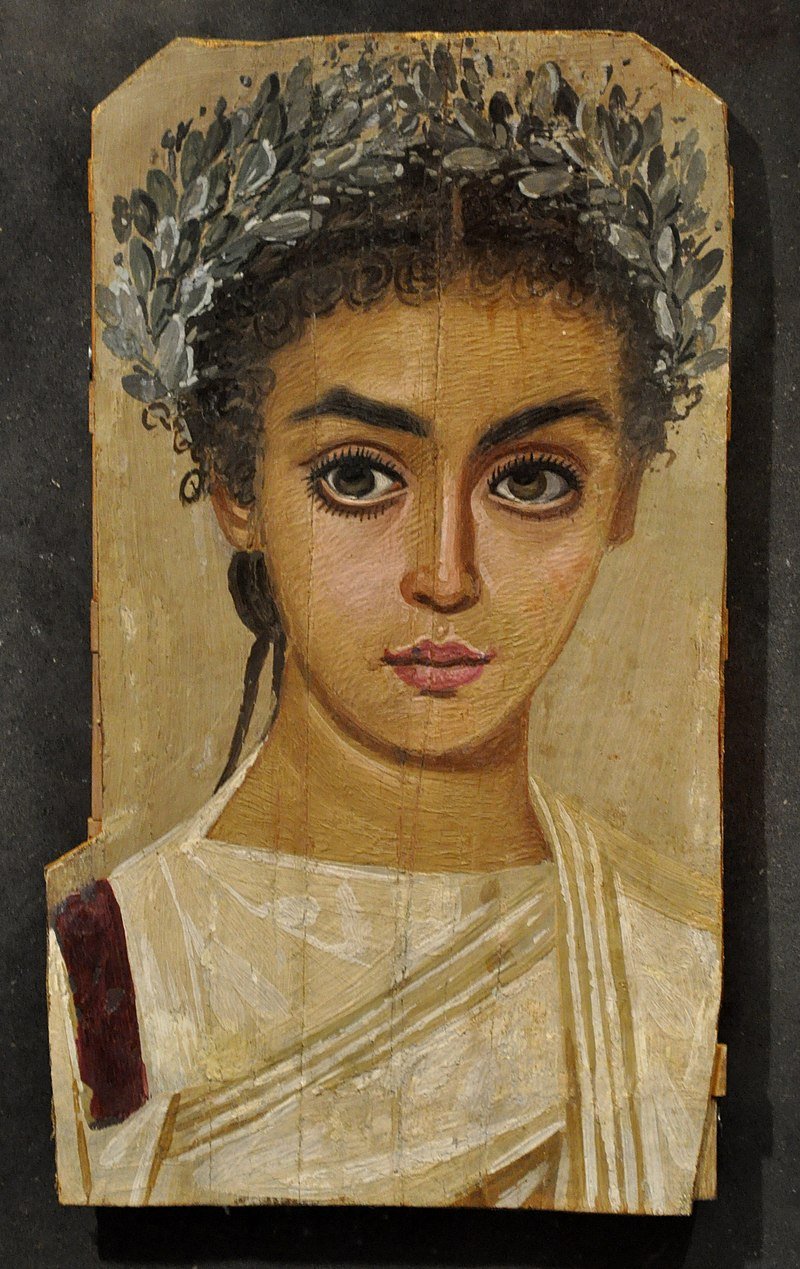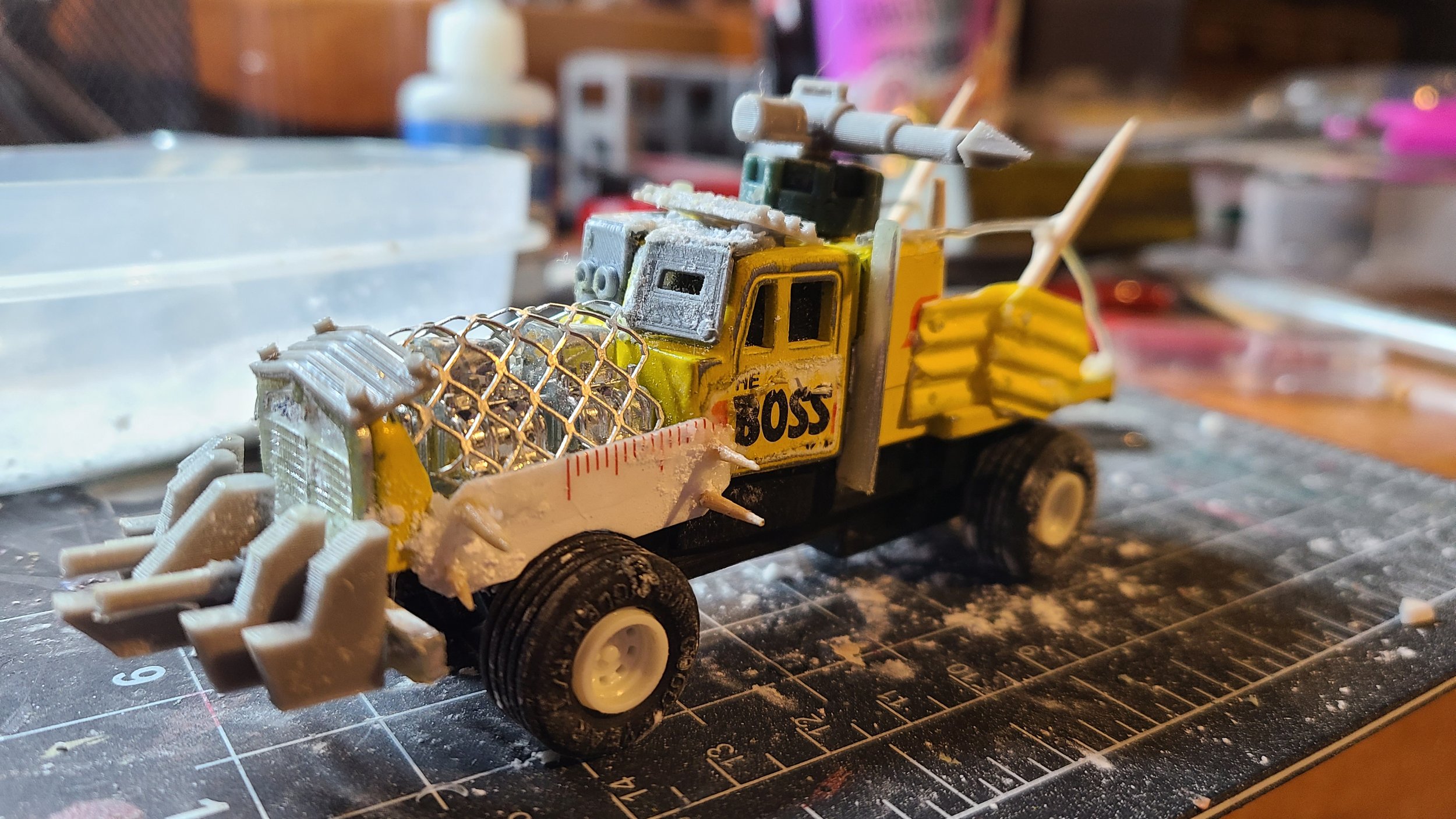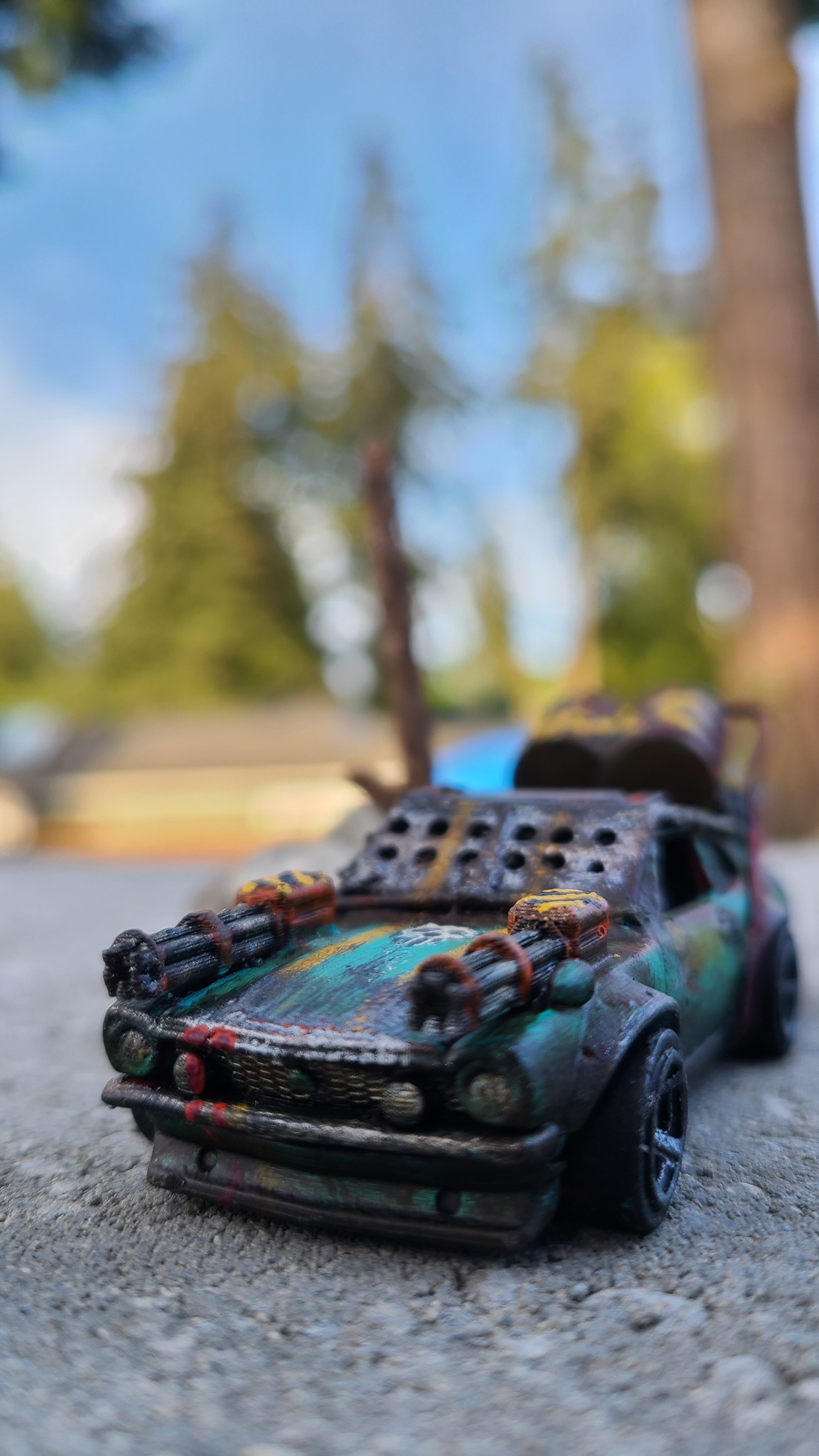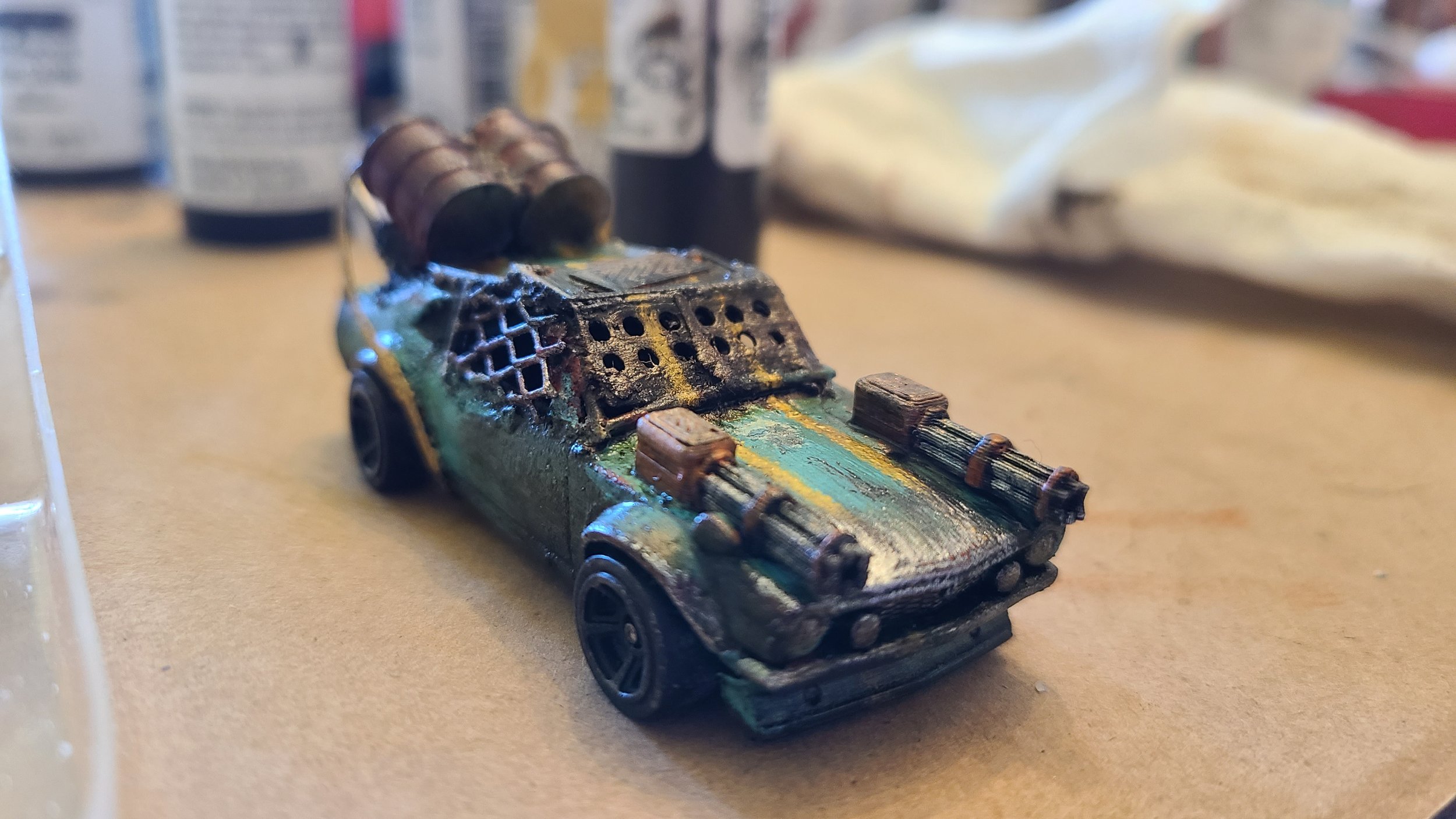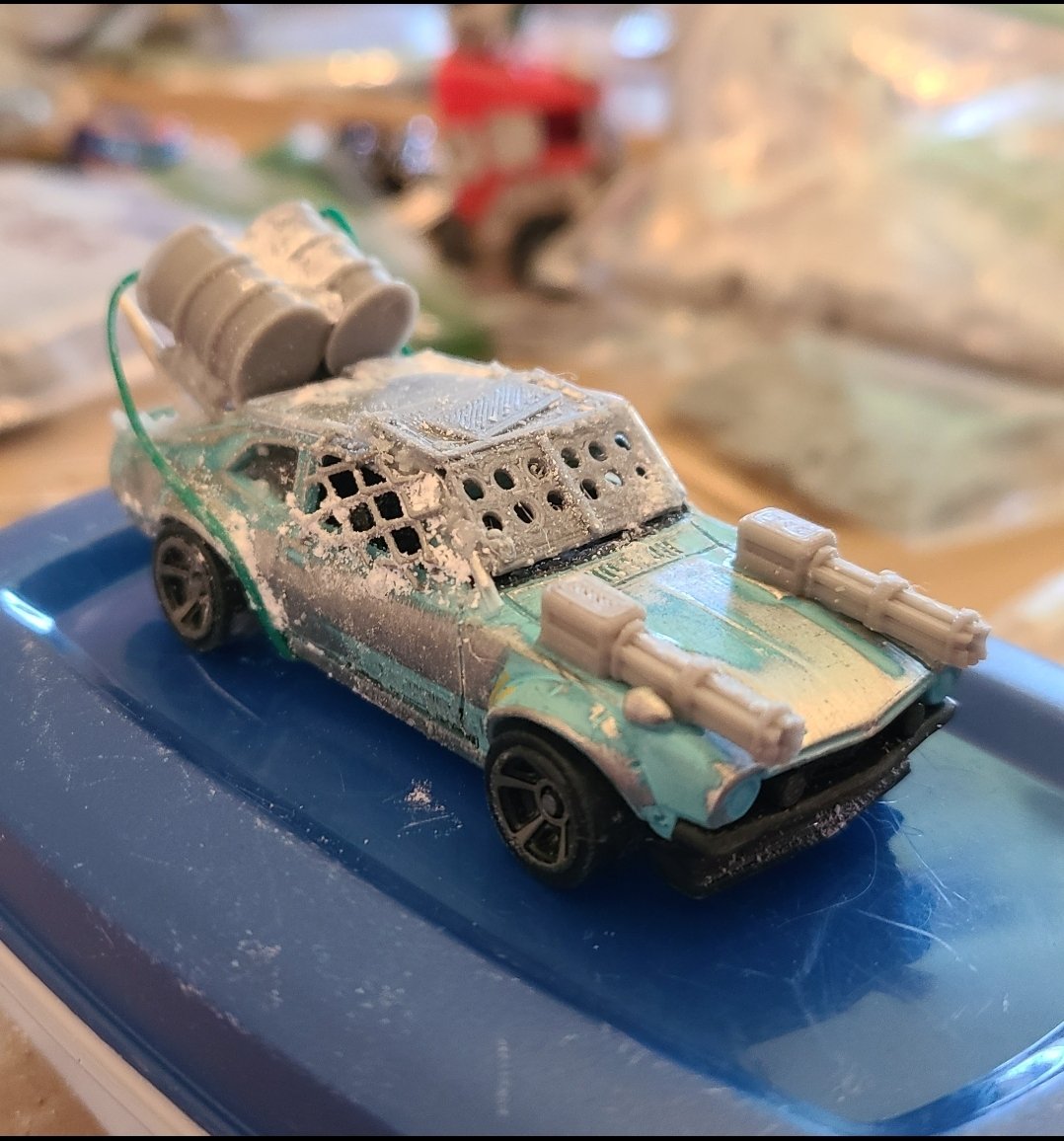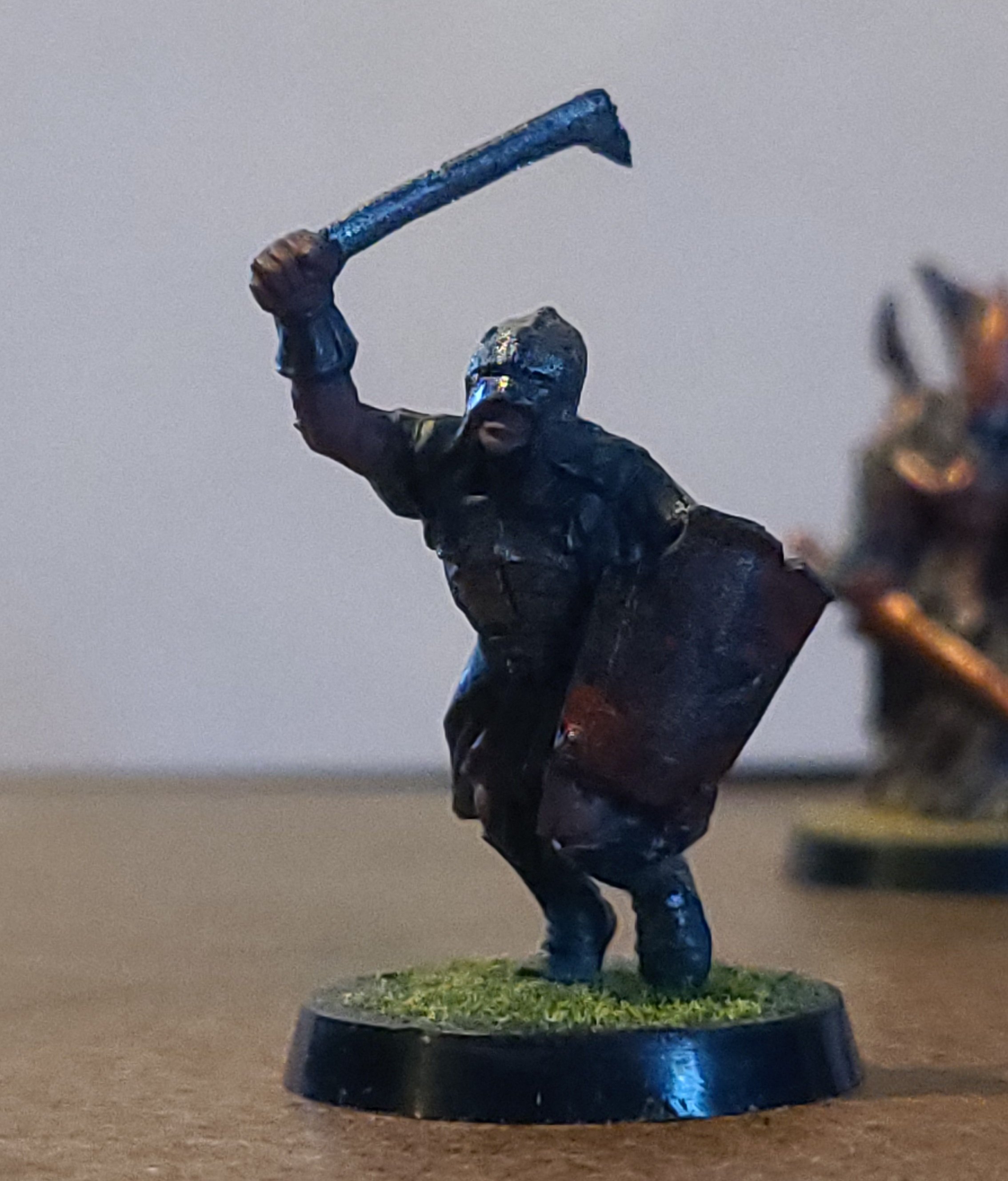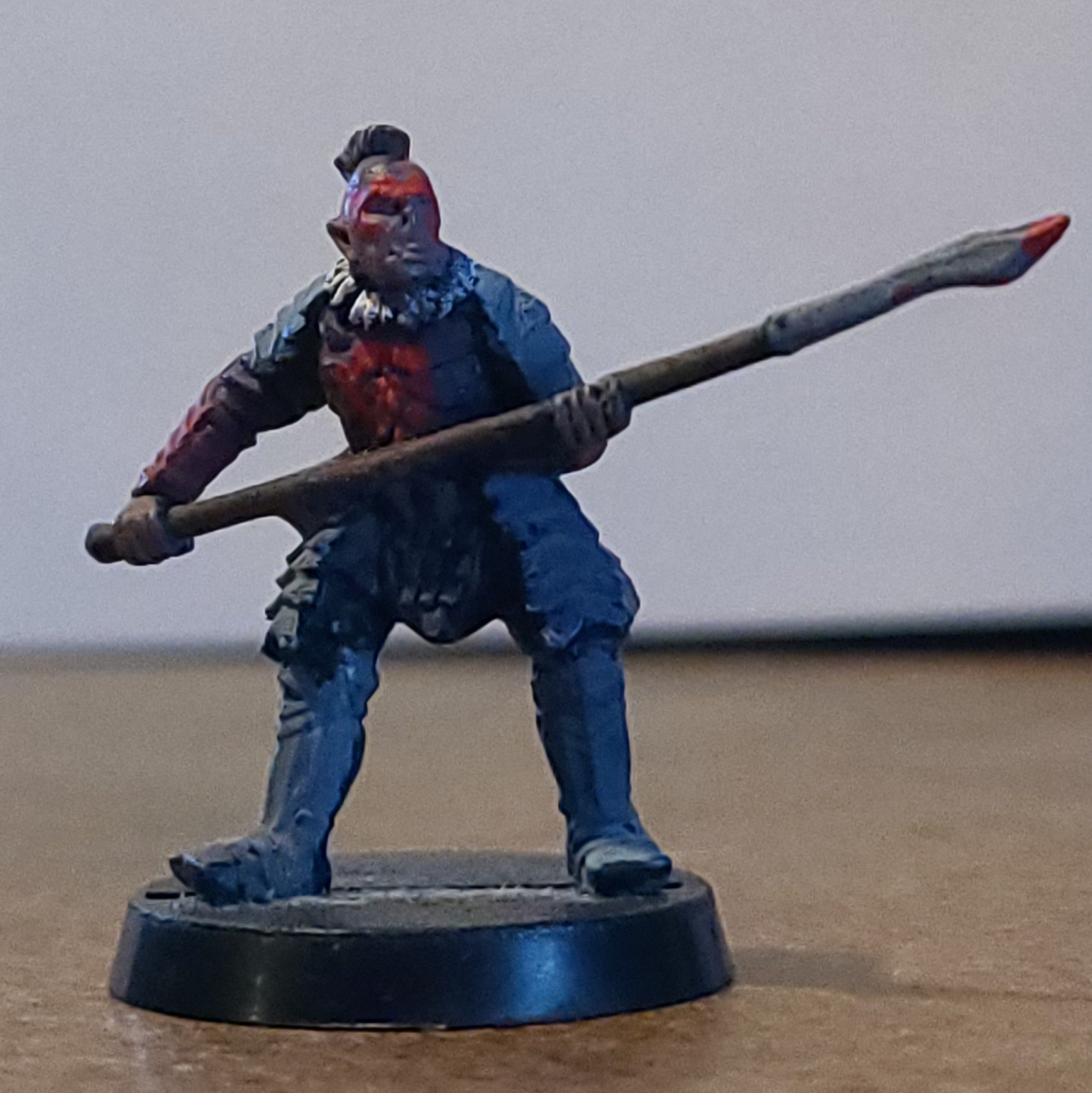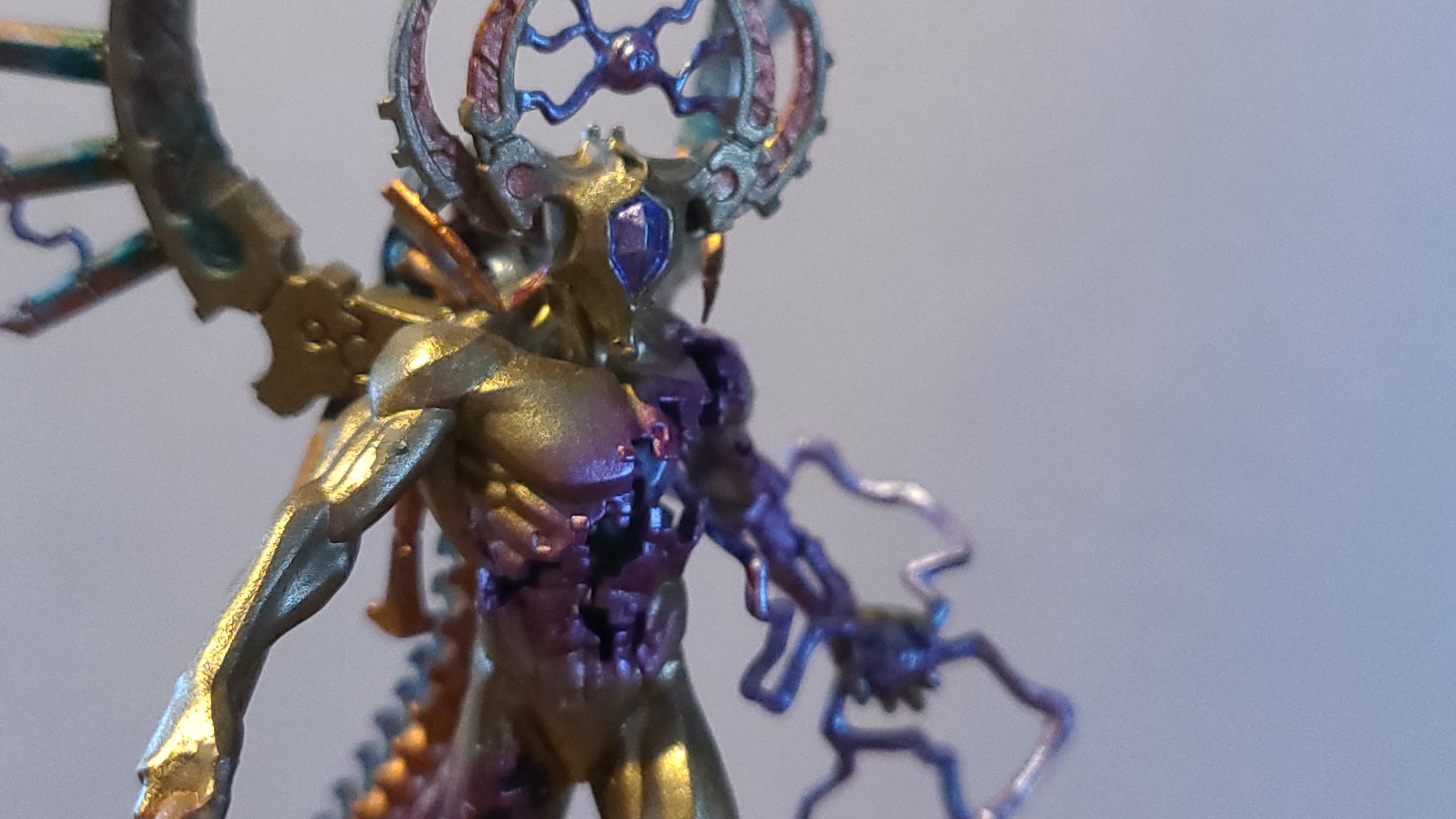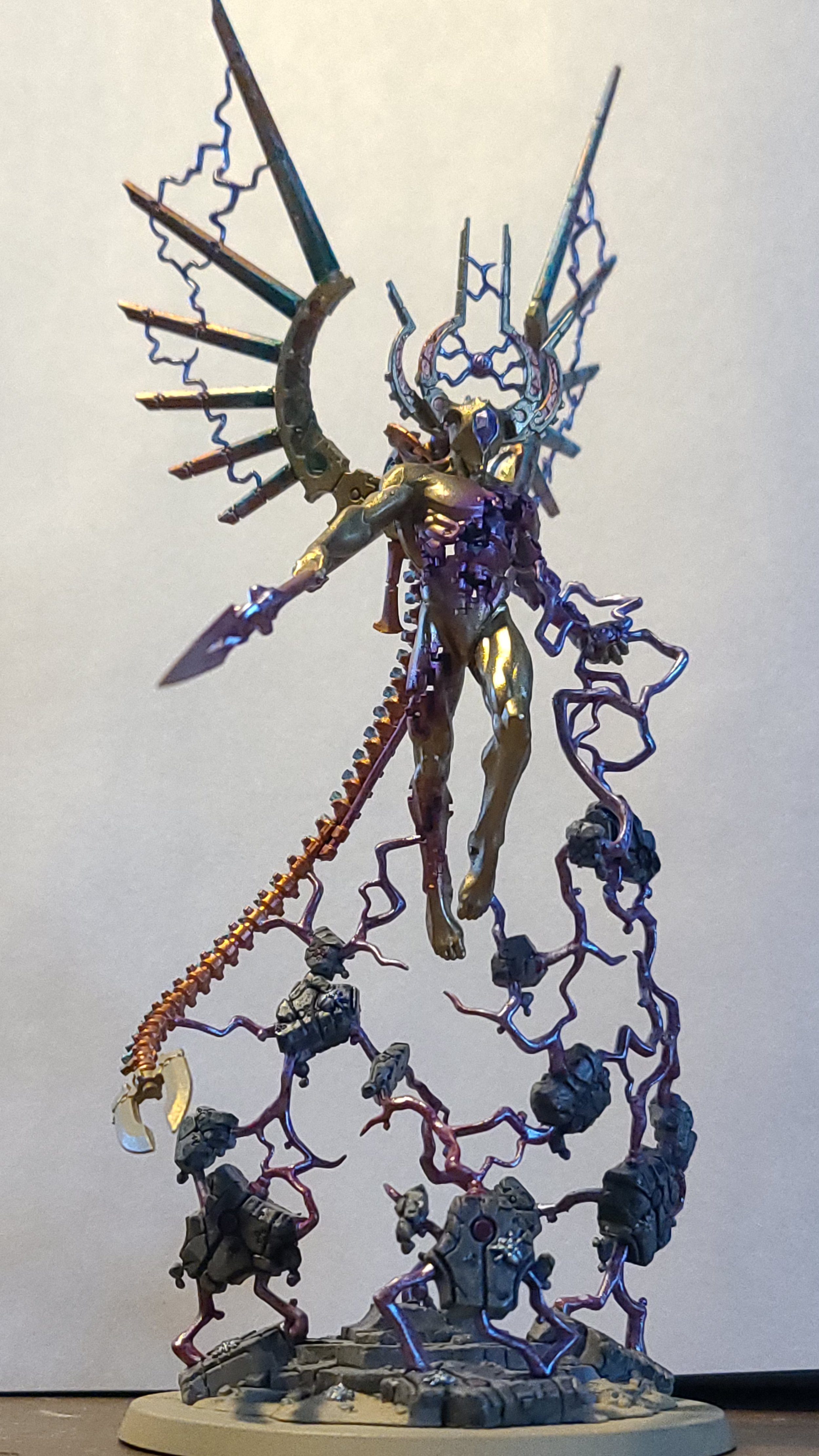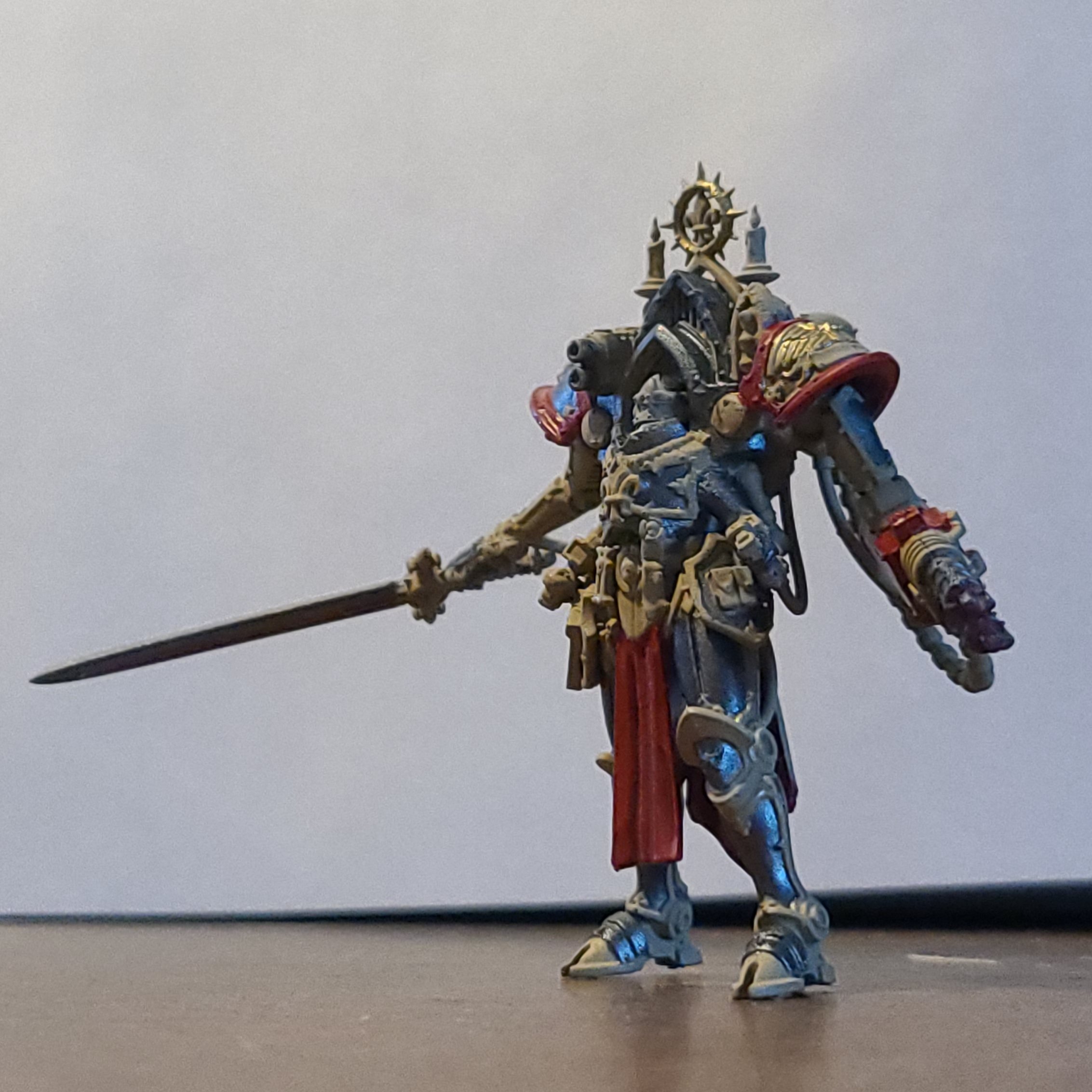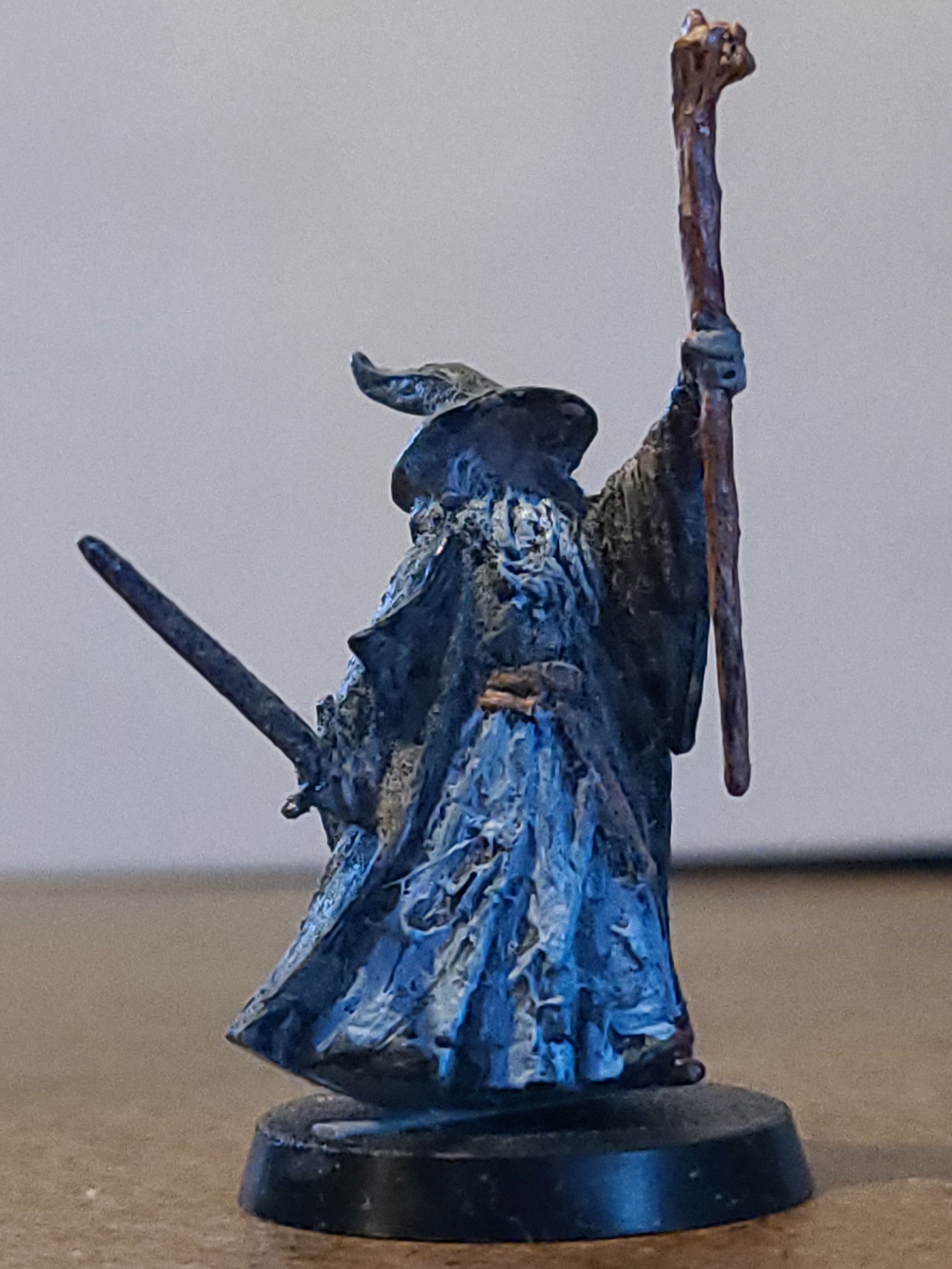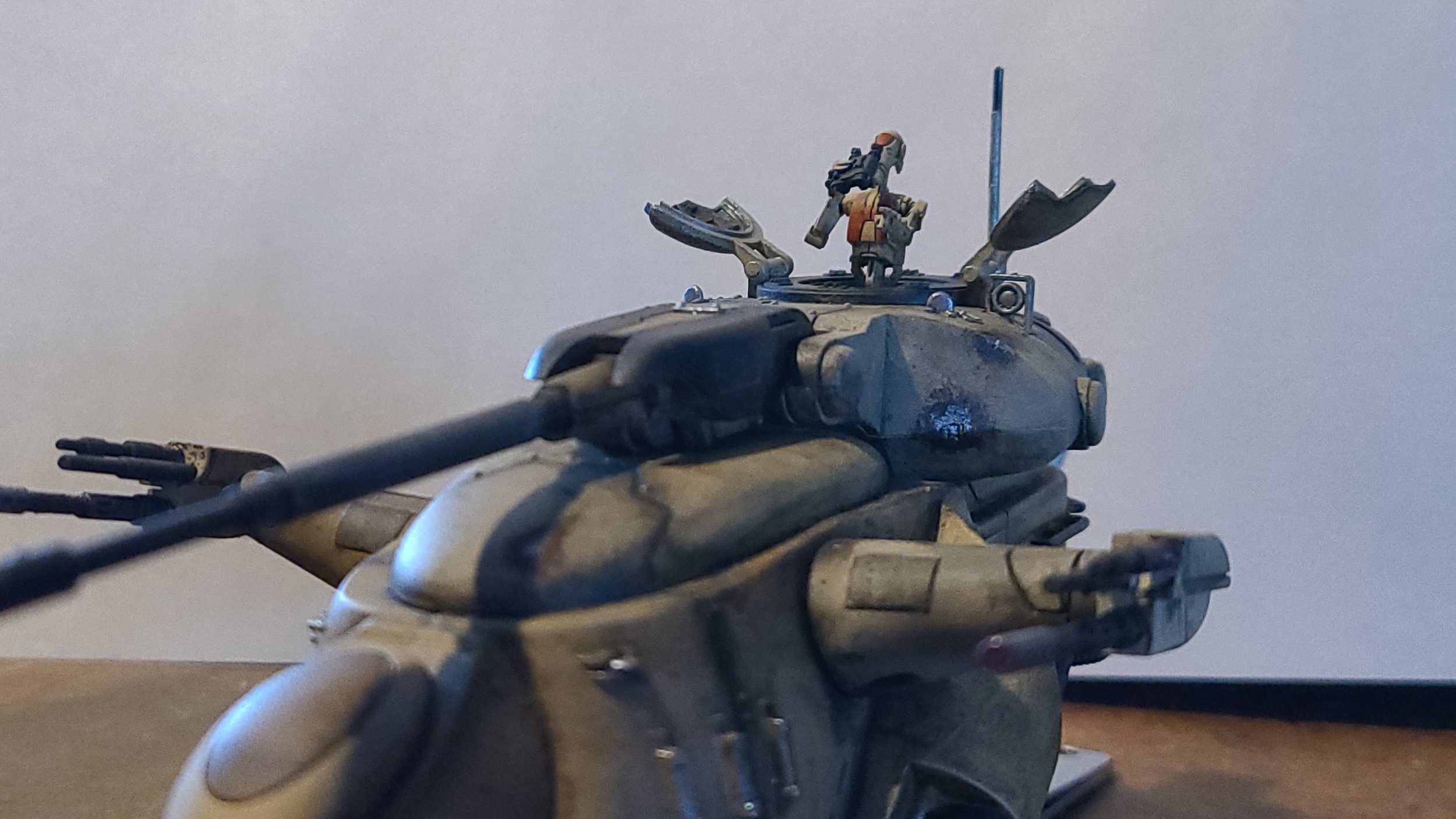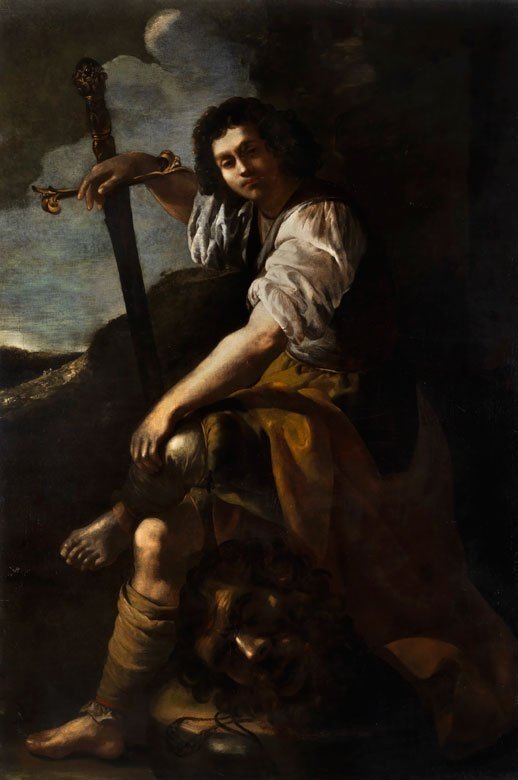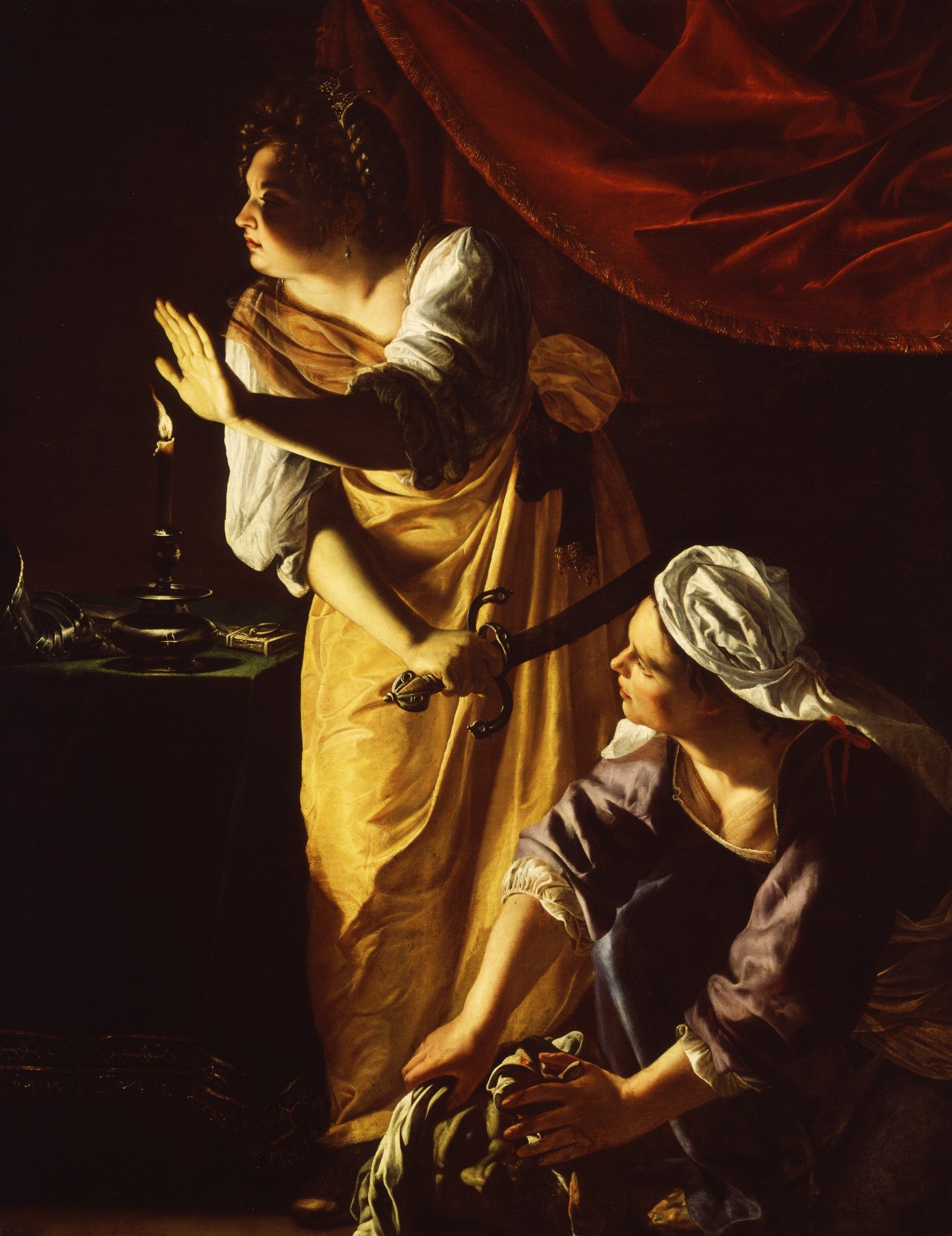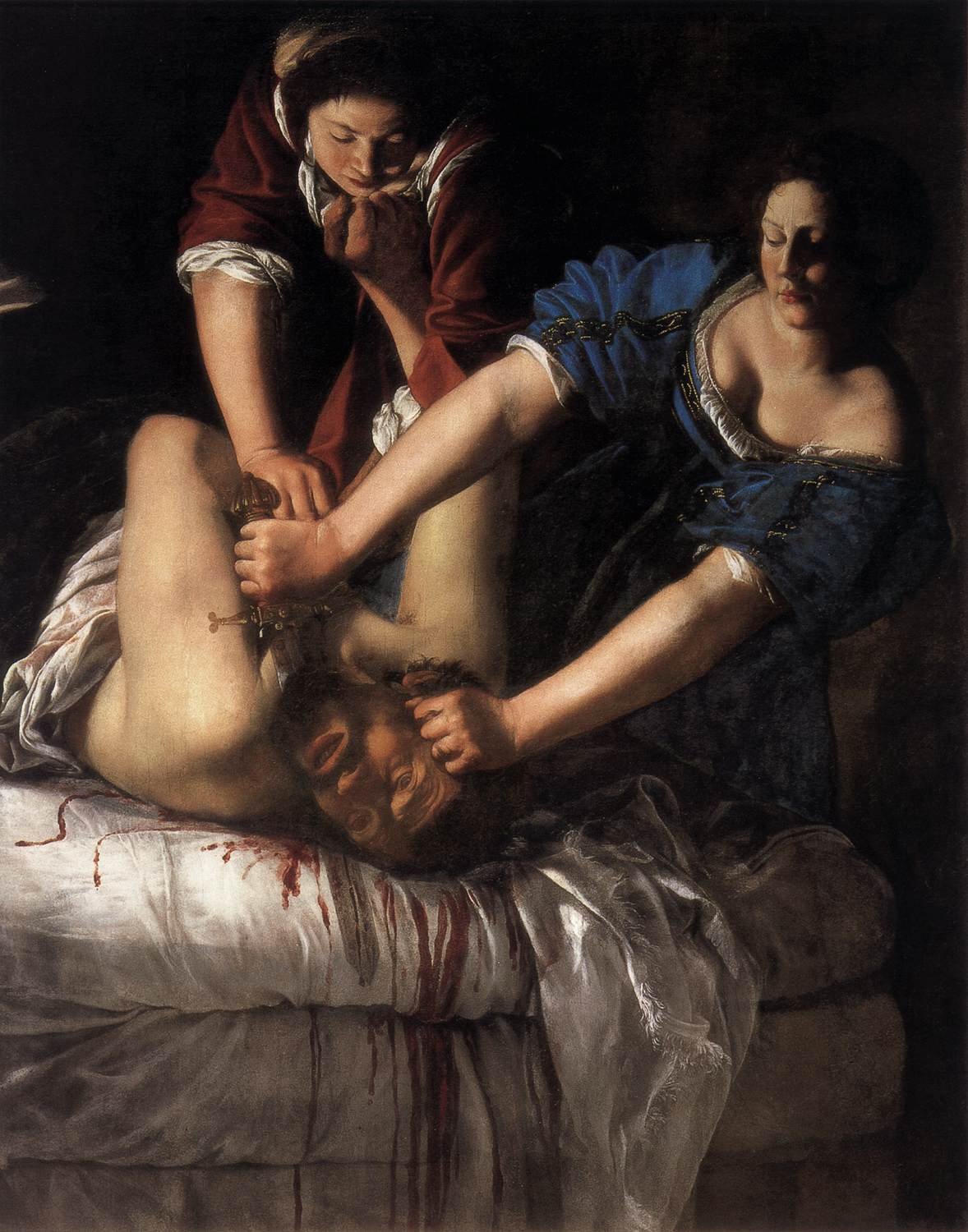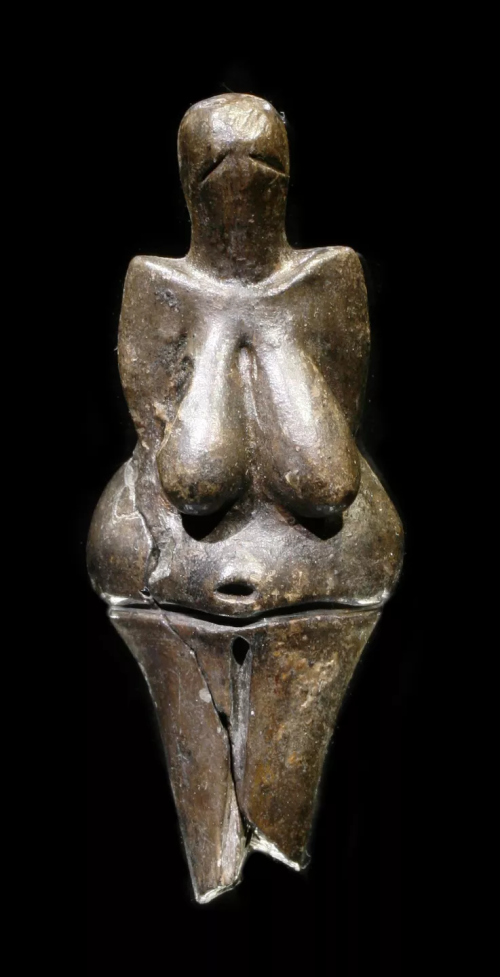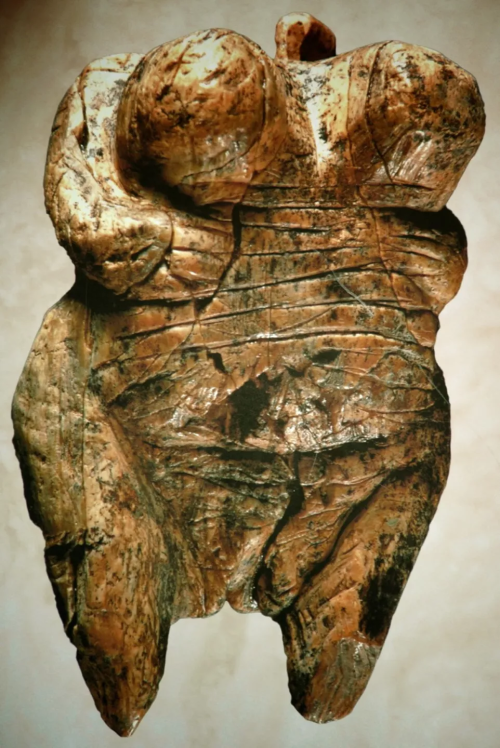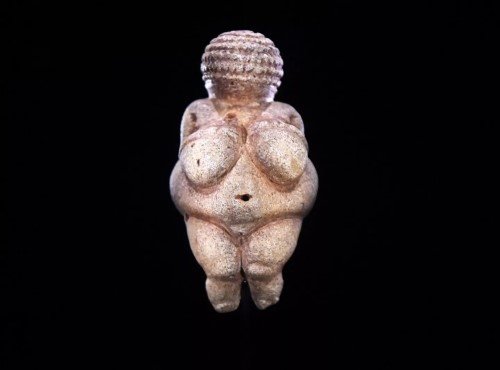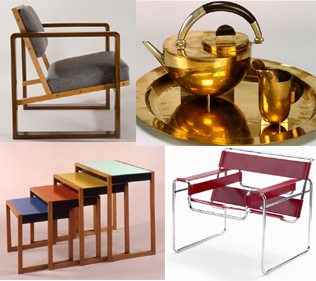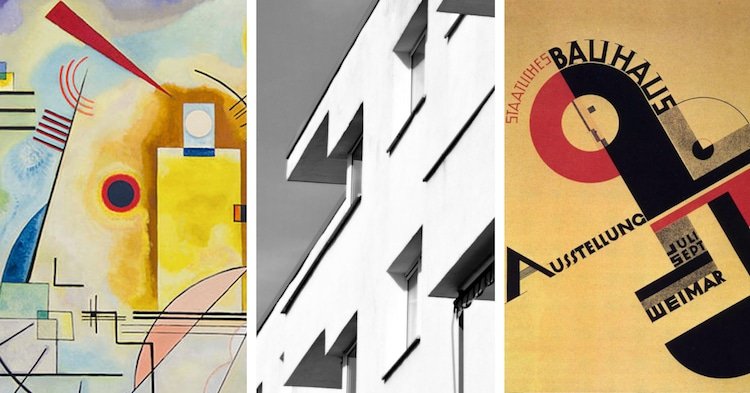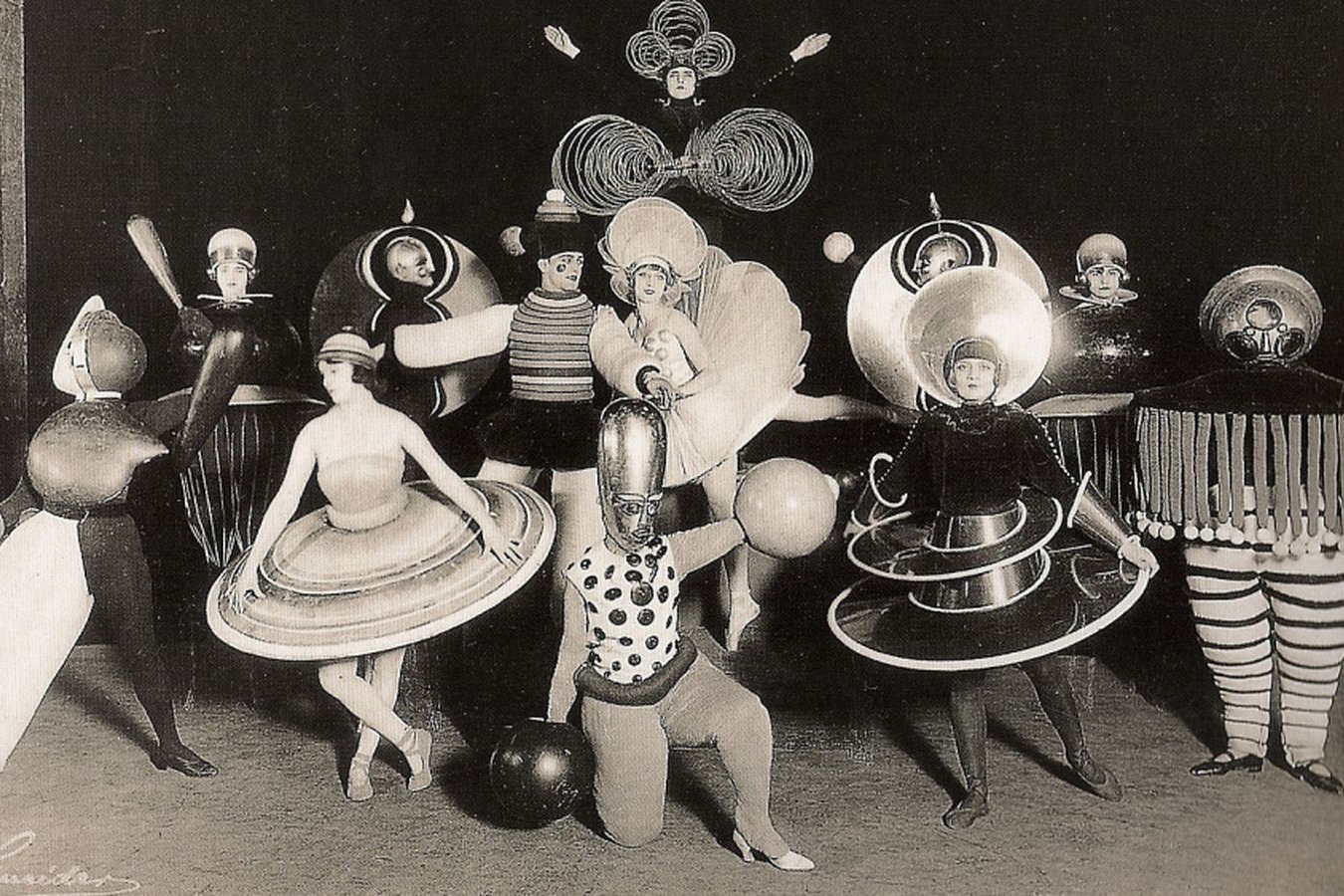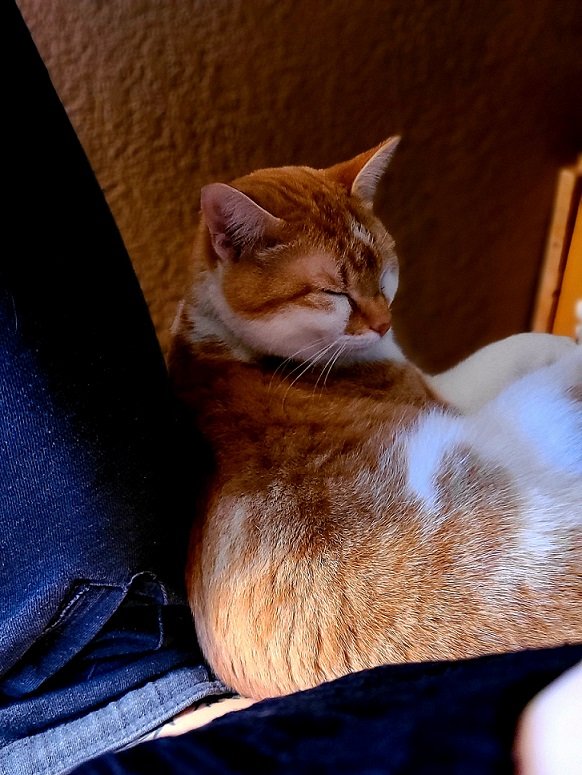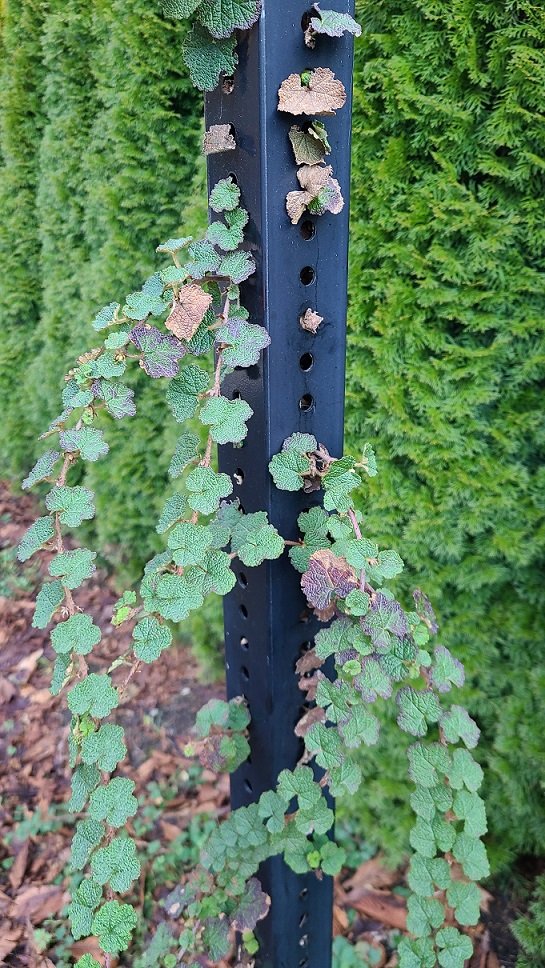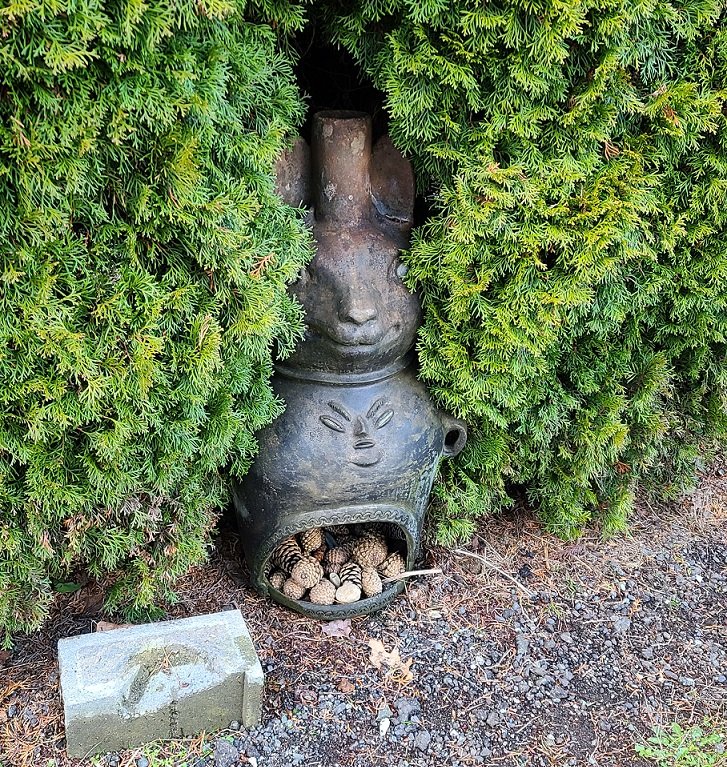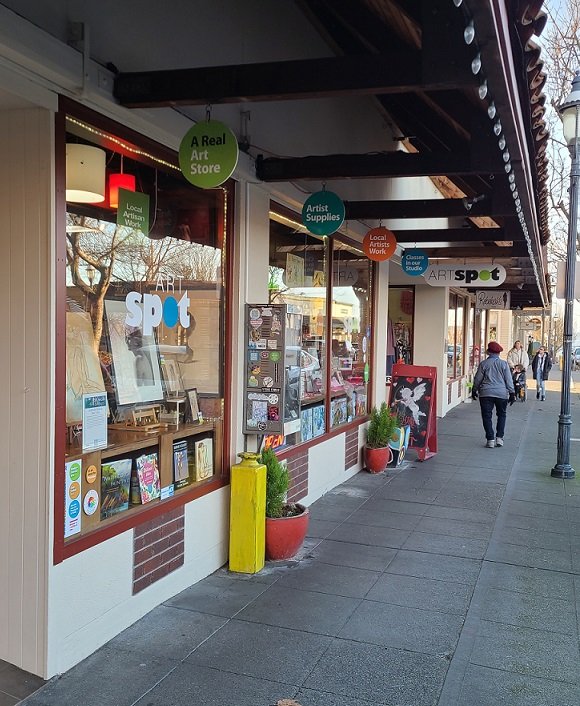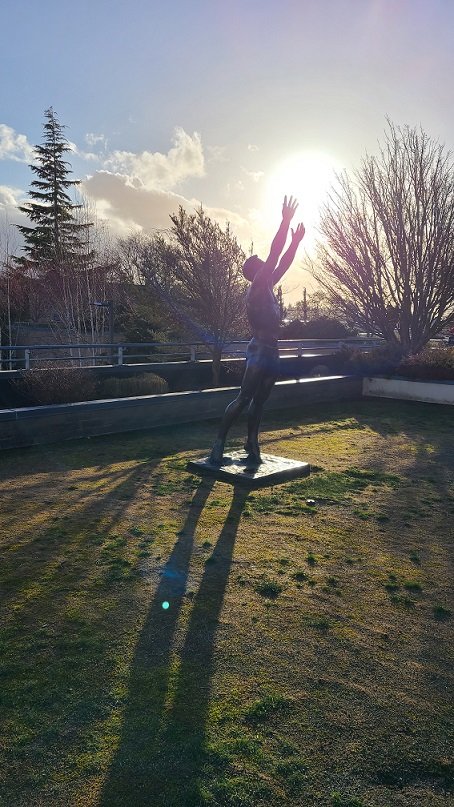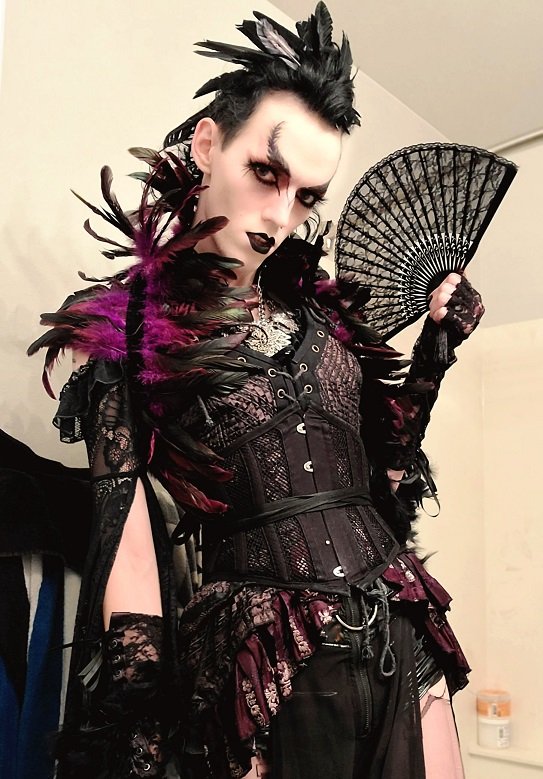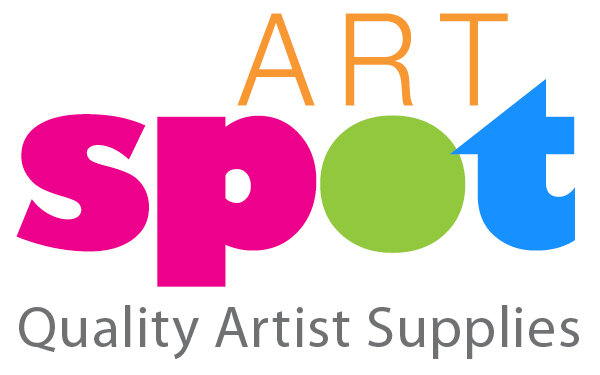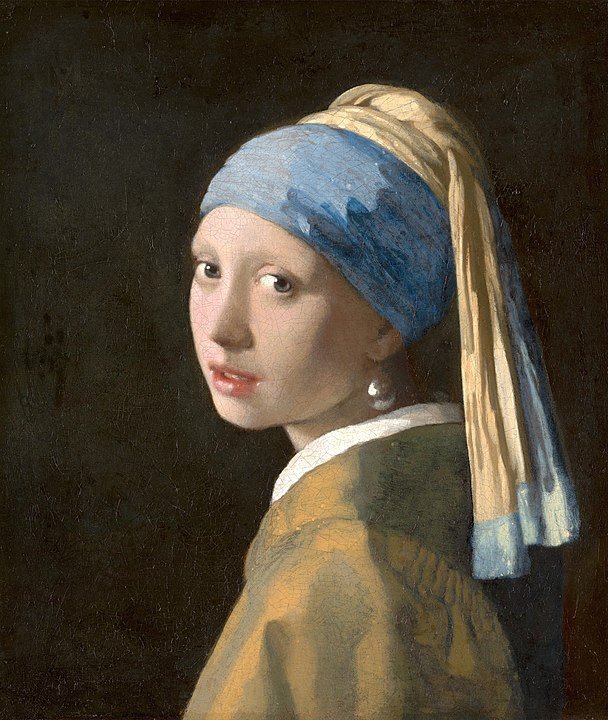You’d think it wouldn’t work, but here we are
A phrase I don’t oftentime say in the art supply industry is “what will they think of next?” Change generally comes slowly to the world of art materials, and some things may hardly ever really change(1) at all.
That said, some of the biggest changes came to the arts via the industrial revolution in the form of chemistry(2). Sometimes by accident, chemists were inventing new pigments and enhancing their refining processes. Newly opened markets(3) provided an economic incentive to try new things and invest in widespread distribution. Today, we get to enjoy the close marriage between chemistry and the arts in ways we rarely think of as anything but the status quo.
Oil paints have long been the standard by which many artists have measured themselves. Acrylics hit the scene around the mid-century to shake things up with a water soluble medium that’s fast to work with and offers amazing dimensionality. Still though, I’ve found a lot of artists talk about oil paints as if they were a high school sweetheart you can’t ever quite forget. But similarly, oils do tend to come with their own issues to overcome.
Although painters didn’t always have access to solvents now commonplace in oil painting, these new staples have made the medium more accessible at the cost of potential long term health drawbacks. The offgassing of the solvents and the paints can be overwhelming in the short term as well. Then in the 1990’s(4), chemistry once again came to the rescue to further diversify the artist’s toolbox and invent the subject of this post(5): water-mixable oil paint.
It sounds like a complete contradiction; water doesn’t mix with oil. To spare y’all most of the science(6), several companies have developed methods of achieving the impossible. These paints are still oil paints with pigment bound together with a modified seed oil. They’ll perform like traditional oils with a similar drying time, and even blend(7) together with any traditional oils you already have. In short, they’re a great substitute for anyone looking to have the experience of working in oils without quite as much risk(8).
We’ve carried water-mixable oils at ArtSpot since our beginning, furnishing students for everything from impressionist fingerpainting classes to oil experimentalists trying something different. For that whole while we’ve been providing Holbein paints from Japan, but I dropped some pretty big news last month at our fourth Saturday Deep Dive Demo. We’re getting a new line of paint!
If change comes slowly to the industry, changes come even slower here at ArtSpot. Bringing in a new product line, shifting displays, and setting the tone of the store in general tends to eat up a lot of time and resources. In short, we don’t really make changes unless we’re all on board thinking they’re the right changes to make in keeping with our philosophy(9).
Shrewd buyers of art supplies may have realized Holbein products have gotten pretty expensive(10) in the past few years. There’s a number of reasons(11) for this, but it boils down to the paints becoming too expensive for us to want to sell at the price we’d need to make our money back. Despite them being great products, we started looking into acceptable alternatives.
Keep your eyes peeled for the arrival of our new rack of Cobra Water Mixable Oils in the next few weeks(12)! These artist grade paints offer a fantastic oil painting experience comparable to any other line of the same quality. The best news is that we’ll be able to offer them to you at 20-30% less than what you’re used to paying for Holbein Duo Aqua.
(1) Going back to look at the old cave paintings in Lascaux, France, the pigments used were things like ochre, bone black, and iron oxide. These are all pigments you’ll still see as widely available today.
(2) Like, obviously people have been practicing forms of chemistry for a long time whether it was called magic, alchemy, or making soup as a five year old from whatever was readily available in the kitchen (Sorry mom for wasting a whole bottle of almond extract that one time. Now that I have to buy my own, I completely understand your frustration.).
(3) Yikes, colonialism. It’s one of the big problems with some older paint companies directly benefiting from violent imperialism. On the one hand there's no ethical consumption under capitalism, and on the other hand there’s sending in the marines to secure a new mine in India to source pigment from. We all share a bit of that guilt, and it behooves us to study our history and learn ways we might do better and make art more ethically.
(4) When I said earlier how change comes slowly, it means the 90’s were effectively yesterday in the grand scheme of things. This is especially true considering that, as far as my research could turn up, this was when water-mixable oils first started hitting the market. Since then, different brands have introduced their own takes on the medium and improved their formulations to be better and better. Since we live in a world of copyrights, there’s a fair bit of variance on a chemical level to how they’ve figured out how to achieve water-solubility, but the outcome is generally the same.
(5) It only took me about 300 words, so now we’re gonna have to really blast through some facts and figures about these new(ish) paints
(6) Partly because I don’t fully understand the chemistry myself and partly because companies keep this stuff very close to the chest. Paints like oils, watercolors, and tempera predate copyrights by a few centuries, but developments with this new medium are closely kept trade secrets. As such, the differences in composition from company to company seem to vary widely. There’s a reasonable amount of academic writing on the subject, mostly from university research because there’s not much real money in this very specific medium on fine art material, and the general consensus is that different companies achieve water solubility through a wide variety of means. This seems to be done either by modifying the hydrophobic fatty acid molecule in most drying oils, eliminating aspects of it altogether, or adding in an emulsifier.
(7) They’ll blend, but the more traditional oils that end up in the mix the soluble they’ll be in water. In my experience, as long as about 75% of the blend is water soluble they’ll still clean pretty well. Anything beyond that and you’ll want to work with them as if they’re properly just traditional oils.
(8) Despite the lack of solvents and the associated offgassing, I always recommend people wear gloves while handling artist-grade paints. The things that make them so vibrant are also sometimes not great for us. Cadmium, Cobalt, Manganese, Chromium, and even Copper can be toxic, and our bodies have a hard time filtering them out. Let’s all be good to our livers!
(9) To quote the ArtSpot Philosophy page of our website: “At ARTspot, our goal is to provide access to quality materials, professional artist’s advice and support for those seeking the expression of their artistic voice.” and “We are proud to charge a fair price for our goods, as it allows us to exist to continue our mission. We do not participate in bait-and-switch advertising, misleading promotions or substandard products that can be sold super cheap.”
(10) At least 20% in the past four years, which is well-ahead of the curve that many of our other needed price increases have roughly followed. Some 40ml (1.35oz) tubes of paint have gotten as expensive as $64, which is about where I drew the line of ridiculousness.
(11) Namely some pretty aggressive and less-than-friendly changes to the importation of Holbein products to North America. Not to dish, but it recently became pretty apparent that this trend for Holbein is likely only going to get worse
(12) If you read the footnotes, you also get to know that the Holbein Duo Aqua are on a 20% off sale til whenever we’ve sold them all.
